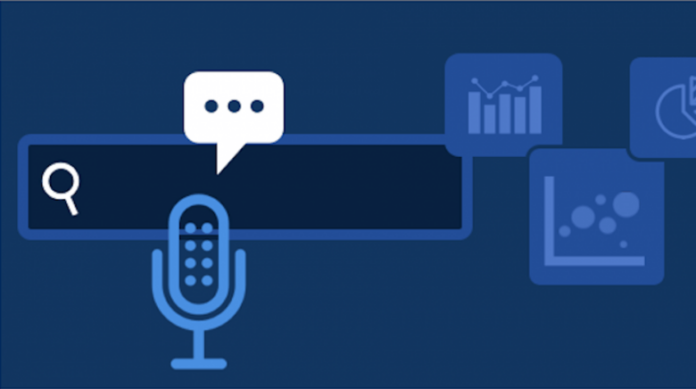In this contemporary world, technologies are transforming significantly to simplify the lives of humans. With major advancements in innovations have made it possible for businesses to continue their operations amid the global pandemic COVID-19. The notable growth of Artificial Intelligence (AI) and Machine Learning (ML) enabled voice assistants like Alexa, Google Assistant and Siri has revolutionized the interaction between humans and machines.
The goal of machine learning technologies is to develop automated models from the data that is inputted and produce reliable predictions and decisions minimizing human intervention.
The digital voice assistants help in accessing the bespoke reports and real-time insights for marketing, sales forecasting, product, employee, and financial performance. These voice reports and insights can be interpreted by non-technical personnel in their decision-making process.
Advanced cognitive computing technologies like conversational analytics supports the organization to analyze the type of data and deliver personalized reporting and intelligence as it occurs. Conversational analytics is a Natural Language Processing (NLP) that integrates Artificial Intelligence and Machine Learning technologies to convert data into speech via voice chatbots.
The uses of conversational analytics
Conversational analytics helps organizations to measure customer behaviour like purchase history, buying patterns, sentiment analysis, and other key metrics. Voice-enabled reporting tools support an organization in comprehending the company’s performance on financial health, marketing success, sales performance, and human resource efficiency. To make conversational analytics effective, a massive volume of voice data is necessary. The voice data is created from repeated conversations with voice assistants. The ability of conversational analytics depends on the skill of data from several sources and makes use of it in real-time.
Technologies like data virtualization supplement conversational analytics by enabling faster access to curated data sets. It also ensures that access to all enterprise’s data is available for analysis and reporting. Data virtualization offers assimilated data and allows conversational analytics to generate reports and insights in real-time as well. The improvements in deep learning models and NLP algorithms results in improved human behaviour analysis like emotion, mood, and sentiment analysis. With the developments in technologies will also enable humans to have an intelligent conversation with the

